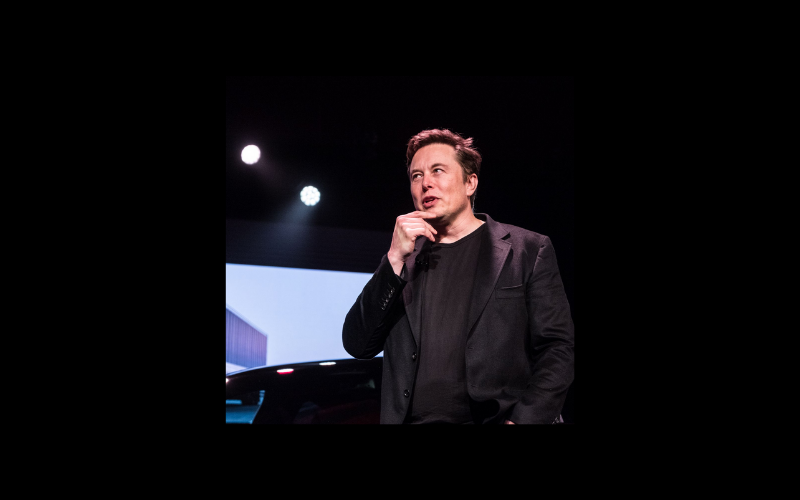
- What will the quarterly numbers be?
- What’s going on in Germany?
- How serious are the problems in China?
- The Status of Battery Cells?
- Can TSLA Maintain Market Share?
With Tesla due to release results after the market close, all eyes will be on the stock today as the company has become a lightning rod for both bulls and bears. We have long argued that the stock is grossly overvalued and faces existential problems as it continues to see its first mover advantage erode and although the stock corrected more than 35% form the time of our original report it has his recovered about half its losses and may well make another run at the highs if it is able to convince investors that it remains on a parabolic growth curve. Here are six questions to consider ahead of today’s earnings call.
What will the quarterly numbers be?
Tesla is forecast to sell 188K cars in Q1 and produce about 70 cents of profit per share, but the true focus will be on the year ahead guidance with Europe and China the key points of interest for investors. Will management feel confident enough to guide towards the 900K yearly target? If so the bullish sentiment in Tesla will resume as investors will likely ignore all the normal financial metrics and zero in on the idea that TSLA could become the first 1M/year EV producer.
What’s going on in Germany?
The company’s Brandenburg production plant was supposed to be the cornerstone of TSLA’s expansion into Europe and was supposed to be on line by June of this year. But the opening is likely to be delayed until July the earliest and furthermore the company may be in trouble with German officials as it promised up 40,000 new jobs in return for construction concessions but actually will start with only a workforce of 7,000. Both the political and the production problems could be an issue for its global expansion plans.
How serious are the problems in China?
Over the past few weeks the company has seen a blistering campaign of criticism in the official Chinese press over its handling of customer complaints. Unlike in the US, TSLA response to regulators has been far more contrite, but the bigger question is why is there so much official hostility towards the company? The Chinese may be looking to use the few product quality issues as a pretense to stifle TSLA’s growth in order for its domestic EV manufacturing markets to gain share or they may be trying to force TSLA to give up all of its driver data that they will use in national database for both driving safety and national security purposes, but either way the actions of Chinese authorities certainly indicate a much adversarial relationship towards the company which could frustrate its efforts to grow in what is shaping up to be the largest EV market in the world.
The Status of Battery Cells?
According to TSLA bear Montana Sceptic, “At last year’s Battery Day, Tesla made waves in announcing its intention to use the 4680 cell. That cell was said to use a new “tabless” design, a battery pack that was an element of the car’s structure, and a cost-saving dry electrode coating process. The 4680 cell, with these technological breakthroughs, would power the Semi, the Cybertruck, and the Brandenburg Model Y.” The 4680 process promises to be a massive cost reduction in the production of EV vehicles effectively allowing a for $35000 vehicle with 300 mile range. But TSLA faces two problems on that front – other companies are working on the same technology and so far it has not been able to scale this method to production levels and therefore the prospect of significant cost reductions in the process remain just that.
Can TSLA Maintain Market Share?
Perhaps the single biggest issue that TSLA faces is the erosion of market share as all the ICE manufacturers come on board with new models. We have long argued that the Ford Mach-e poses the first real challenge to TSLA in the EV space. The other models do not need to establish dominance in order for TSLA stock to begin its inevitable decline towards more realistic valuations. Currently TSLA controls 79% of the US EV market. If that figure slips towards the high 60s by the end of this year – that news alone could be far more damaging to company’s stock than any developments elsewhere. That’s because all high technology valuations including all the FAANG stocks are based upon monopoly profits. All the FAANGs dominate their business segment with 90% or greater share of the market. TSLA on the other hand does not have any proprietary moats to keep competitors at bay. Unlike the pure software companies it does not benefit from network effects and that ultimately is what makes the valuation vulnerable to a sell-off in the foreseeable future especially if market share begins to crumble towards the 50 percent mark.





